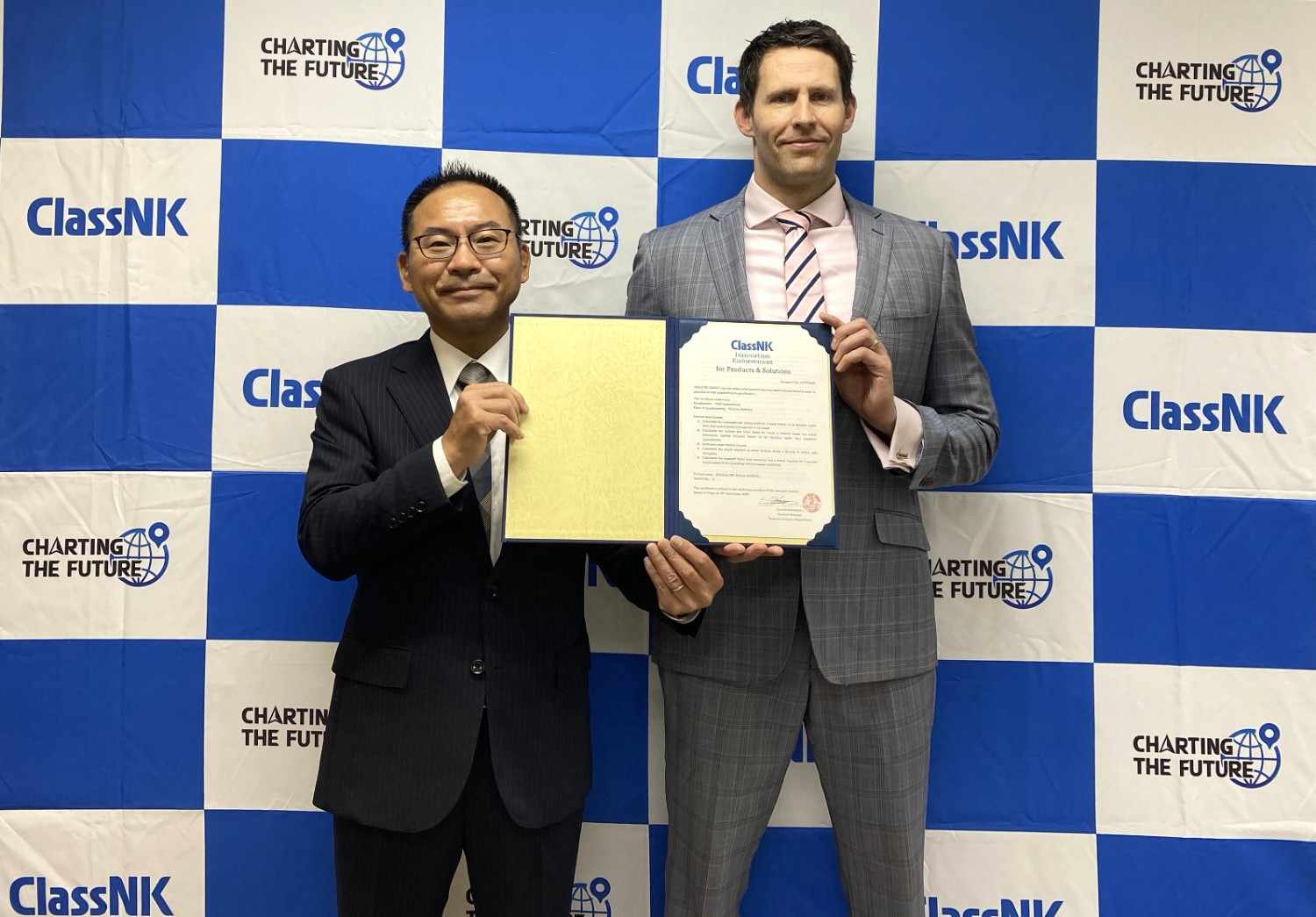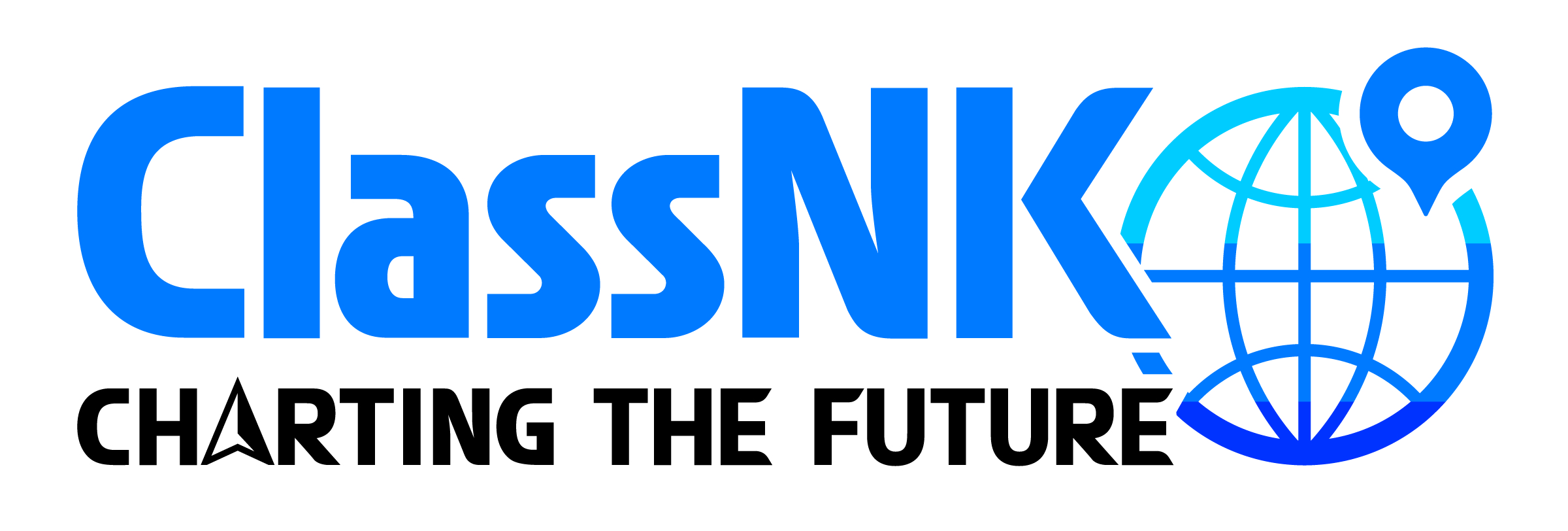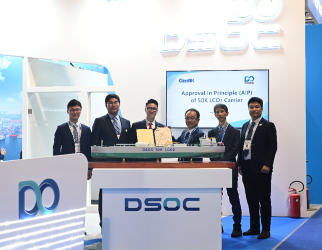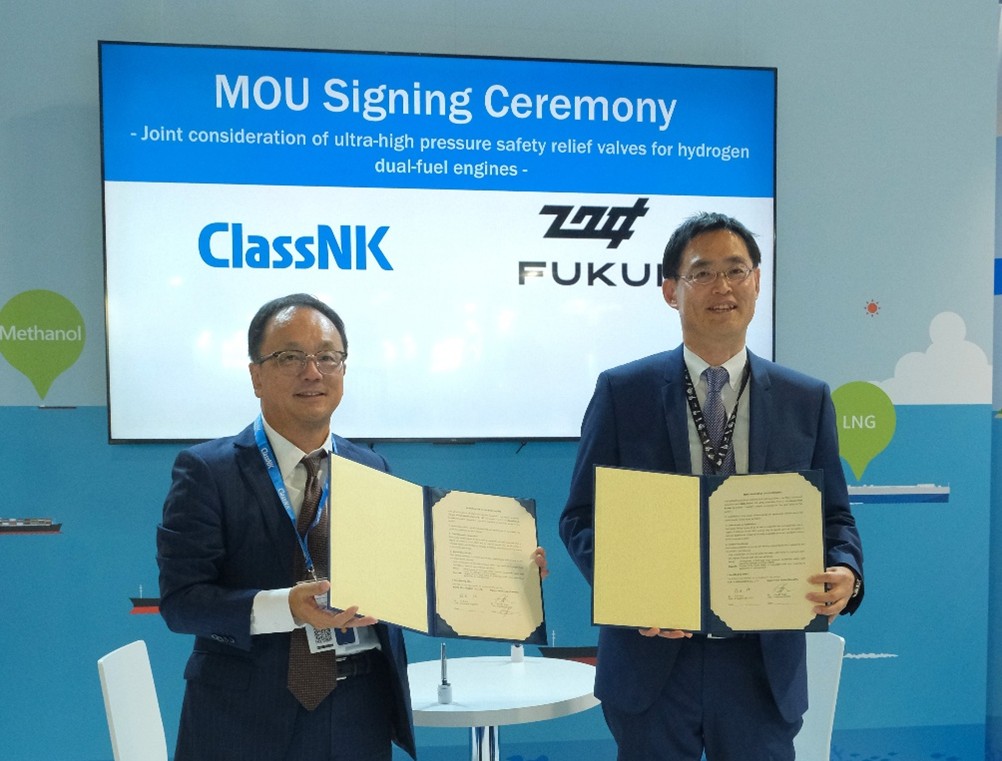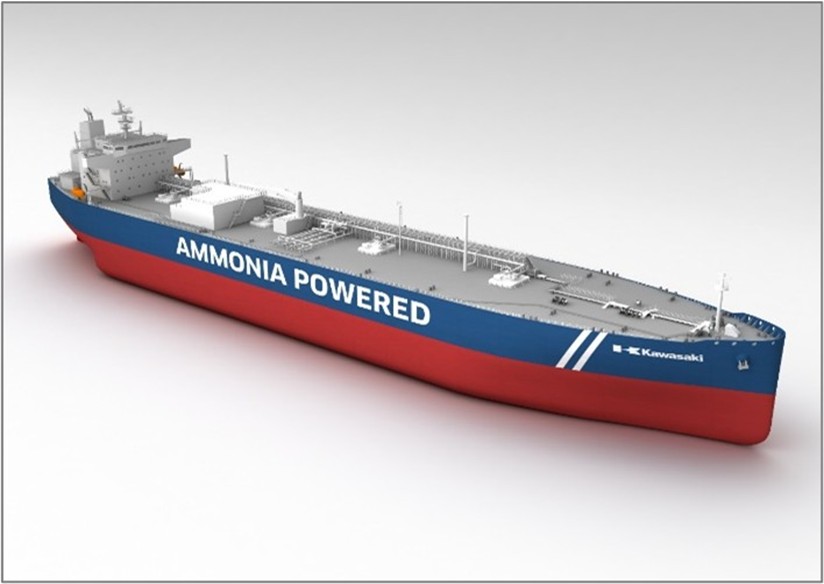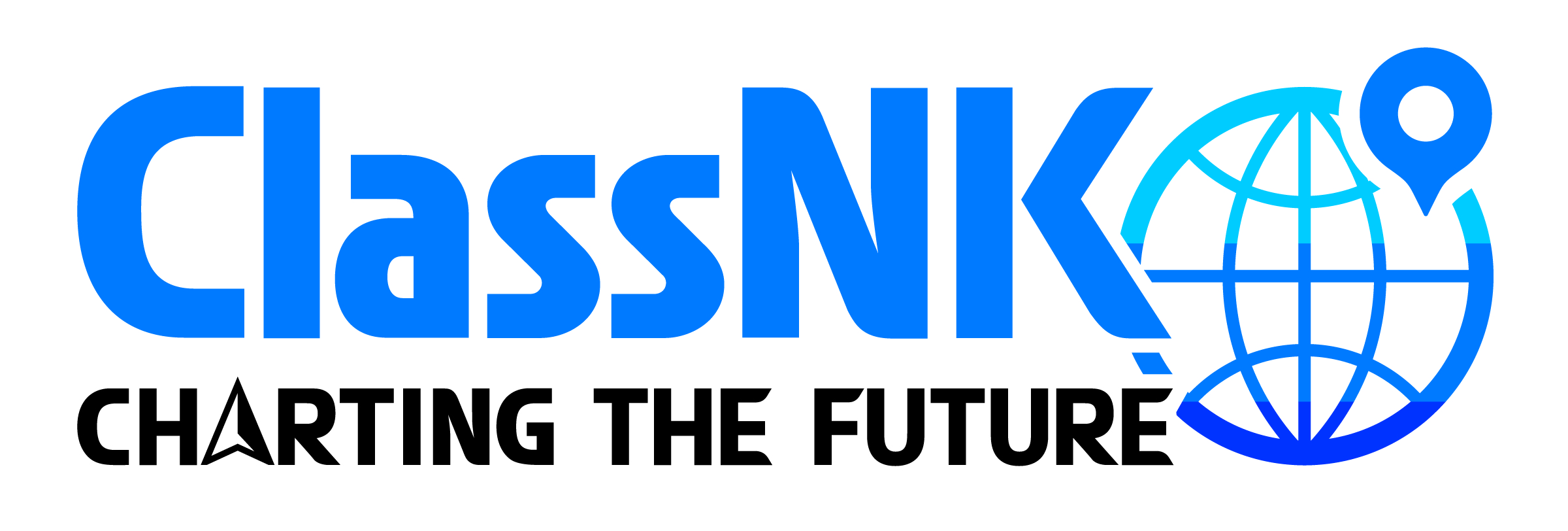ClassNK grants Innovation Endorsement for Products & Solutions to ‘Dynamic UKC System (DUK
TOKYO: ClassNK has granted its Innovation Endorsement for Products & Solutions to a Keel Clearance (UKC) predictive port management system ‘Dynamic UKC System (DUKC®)’ developed by OMC International.

